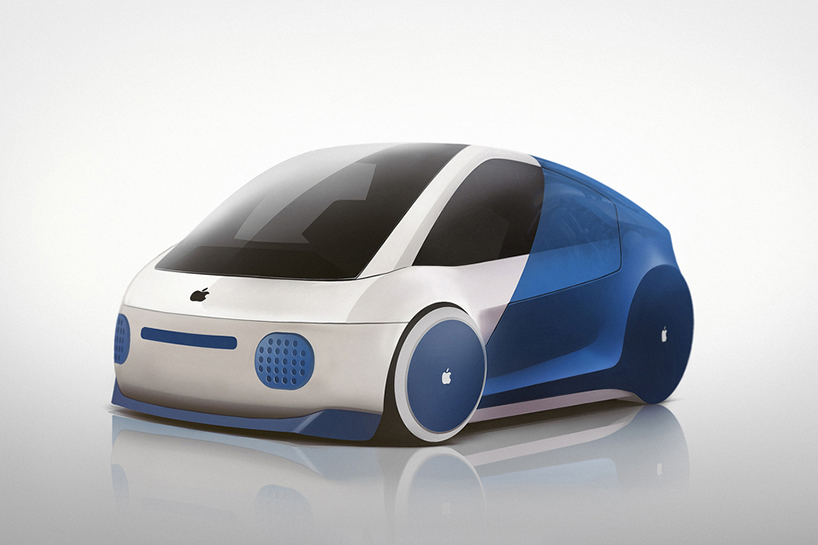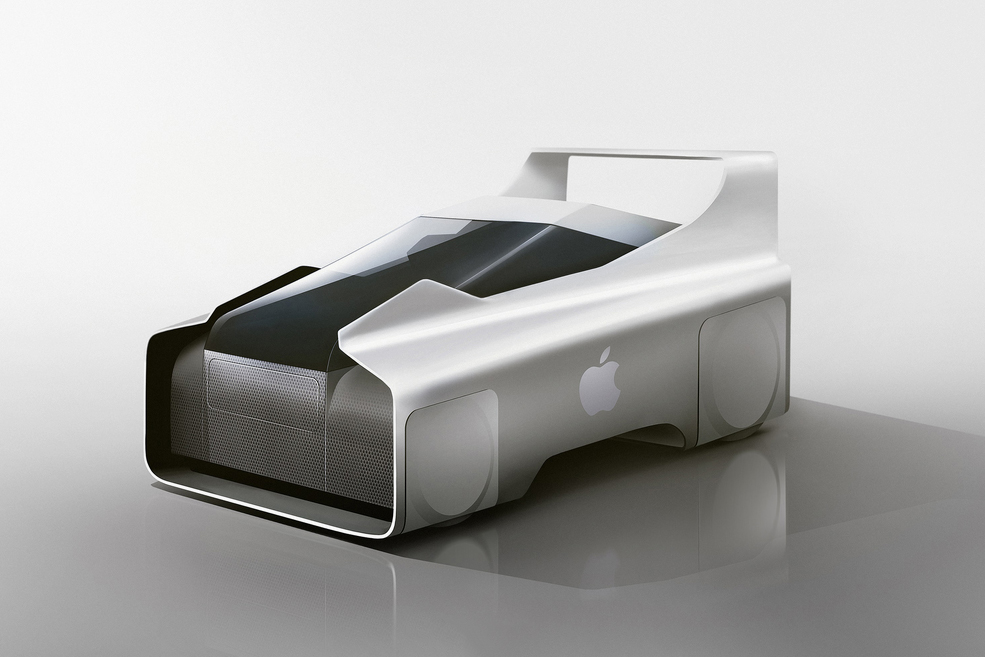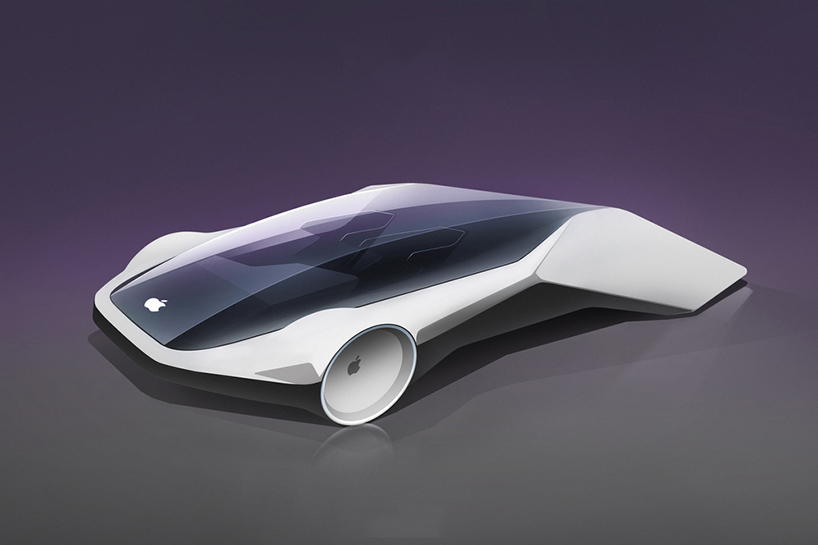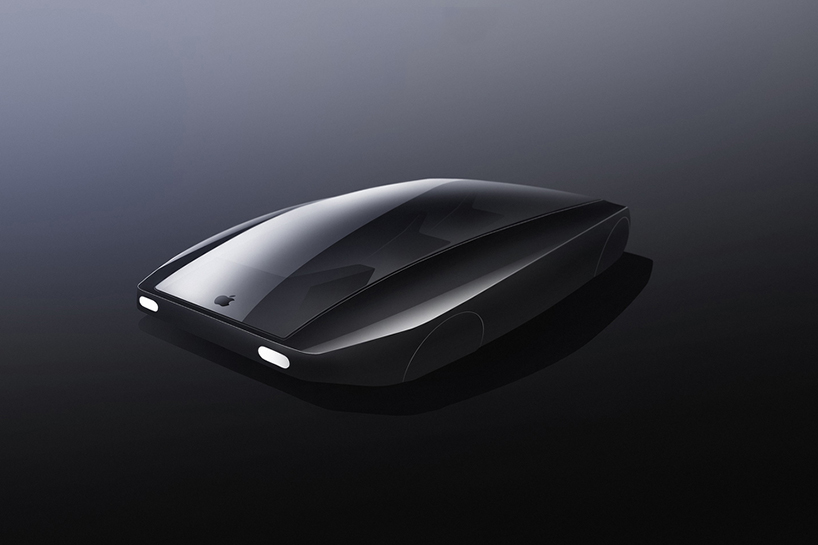Rumors about Apple’s on-again, off-again car have been making headlines for nearly a decade.
Some are credible, while others are completely bonkers. The ones claiming we’d see the iCar before 2020 were evidently false, but that doesn’t mean an Apple Car isn’t on its way. Cupertino’s famous code of secrecy makes deciphering its plans stunningly difficult, and the firm seems to change its mind about the project on a regular basis.
The enigmatic Hyundai-Kia connection
What’s increasingly certain is that Apple has little interest in developing a car from scratch.
After ostensibly rejecting BMW, Mercedes-Benz, and McLaren, the company chose to tackle Project Titan on its own. Patents were filed, permits were obtained, prototypes were tested, and hundreds of employees were recruited, but Apple reportedly laid off 200 of the people that worked on Project Titan in 2019 before going silent. Tellingly, it also bought Drive.ai, a company that developed self-driving shuttles and was on the brink of bankruptcy, in 2019.
2020 was quiet — Apple, like all of us, had bigger problems to worry about — but 2021 started with a bang. Reports coming from South Korea affirmed that Apple had enlisted sister companies Hyundai and Kia to develop the car. Kia was identified as the project’s leader, a claim which sent its shares on a 20% hike on the Seoul stock market.
Executives quickly clarified that Kia was merely looking at developing self-driving and electric technology with several foreign firms, which was another way of saying that it’s open to forging new partnerships without revealing whether the Apple rumors are true or false. While nothing was set in stone, the move made sense, partly because Kia is about to add a highly modular state-of-the-art electric car platform to its arsenal. Hyundai then performed a 180.
“We are not having talks with Apple on developing autonomous vehicles,” it clarified in a statement.
Of course, that doesn’t mean it’s not having talks with Apple on developing electric cars, or another type of kind of car. The deal might still be on. If it’s not, however, we’ve reached yet another dead end in the Apple car saga.
What will the iCar’s specifications look like?
Whether it’s developed by Kia, by aliens from a different galaxy, or in-house, there are several key points we think we know about the iCar. First, it will be fully electric. We’d be extremely surprised if the model lands — assuming it’s ever unveiled — with a power-dense turbo four or a big Hemi V8 under the hood. It will not be marketed as a sports car, though it will likely be relatively quick off the line like all EVs are. Handling won’t be a selling point, though.
On a similar note, we think it will take the form of either a crossover or a minivan. Crossovers are everywhere, so leaping into the segment is a way to reach as many buyers as possible. Making, say, a low-slung coupe would trap the iCar in a shrinking niche. The minivan’s degree of unpopularity rises as crossovers gain market share, but some tech companies predict the body style will make a comeback during the 2020s as semiautonomous features spread.
And, you can bet that semi-autonomous features will be one of the iCar’s main selling points. Apple is investing a tremendous amount of money into the technology, and it tested autonomous prototypes on California’s roads during the late 2010s. This technology will be a big part of what sets the iCar apart from the vehicles it competes against. Some sources even claim that the model will be able to drive itself without the need for a human behind the wheel.
While the car’s design and user interface will scream Apple, we’d be shocked if what’s under the sheet metal comes directly from Cupertino. We’re confident that Apple will source the basic architecture from another company. Developing a car is much more difficult and labor-intensive than designing a phone, and the platform is a hugely important and correspondingly expensive piece of the puzzle that has a direct effect on how the model handles and the type of technology that can be packed in it, among other things. It’s also a system that the average motorist never sees. Most people who buy a Volkswagen Atlas don’t know that the SUV is built on the MQB platform, for example. Viewed in this light, creating an Apple-only platform would represent a colossal waste of money.
Lastly, we can’t rule out the possibility that the iCar will arrive as a shuttle best suited to ferrying employees around Apple’s giant Cupertino campus. That’s the easiest, quickest, and most cost-efficient path Apple can take. The vehicle would operate at low speeds in a controlled and predictable environment, and it wouldn’t need a lot of driving range. It would also be the most disappointing option; We know Apple can do a lot better than a 10-mph shuttle.
How else can Apple expand into the automotive industry?

In a way, Apple is already an enormous player in the auto industry. Millions of motorists use the company’s CarPlay software, which overrides a manufacturer’s native infotainment system and puts iOS directly in the dashboard of countless new and late-model cars. According to Reuters, Apple was also in talks with companies that manufacture electric vehicle charging stations, though detailed information regarding the negotiations hasn’t been made public.
At times, reports suggested Apple wouldn’t build an entire car, like, say, a Jeep Wrangler. Instead, anonymous sources hinted the company merely wanted to sell software to carmakers in order to plant its stake in the automotive industry without going through the trouble of designing and manufacturing a vehicle. These reports weren’t too far-fetched; Polestar and Ford are among the brands who use (or plan to use) an Android-powered infotainment system. There’s no reason why Apple couldn’t offer an iOS-based software that manufacturers can put in their new cars.
Another possible point of entry for Apple is autonomous technology. Many of its new recruits bring a vast amount of experience in the field of self-driving cars, leading some observers to speculate that Project Titan’s goal has shifted from building an iCar to putting together a turn-key suite of semi-autonomous or fully driverless technology that manufacturers can license, much like you pay to use iTunes. Here again, these reports have never been proven, but they’re not unreasonable. Apple is better at developing software than coilovers, after all, and we know it’s experimenting with lidars (3D scanners) that can help self-driving cars identify pedestrians and cyclists.
The rumor mill worked overtime when California’s Department of Motor Vehicles gave Apple a permit to test self-driving cars in April 2017. Shortly after, a white Lexus RX450h equipped with enough sensors, cameras, and radars to power a nuclear submarine was spotted exiting an Apple facility. Coincidence? We think not. Apple expanded its test fleet to 27 vehicles in 2018, but it has remained relatively tight-lipped since, and prototype sightings are rare.
What if the iCar looked like a computer?
It’s fun to think about what an iCar could look like, and online network ClickMechanic has a few ideas of its own. The collective took some of Apple’s most iconic products and used them as inspiration for the future vehicle.
For the iCar Macintosh, for example, ClickMechanic took the “beige, plastic-like feel of the computer as well as its big, square, and angular features to create a true retro automobile.” For the iCar G3, it penned “rounded edges and visible motors seen through the back.” Or, there’s the iCar Power, which “lends the same anodized aluminum alloy and delivers a powerful, sturdy, and industrial-looking vehicle — ideal for transporting heavy loads.”
Keep in mind none of these renderings are official. Nothing suggests the iCar will wear a Mac-inspired design.








